Climate Change
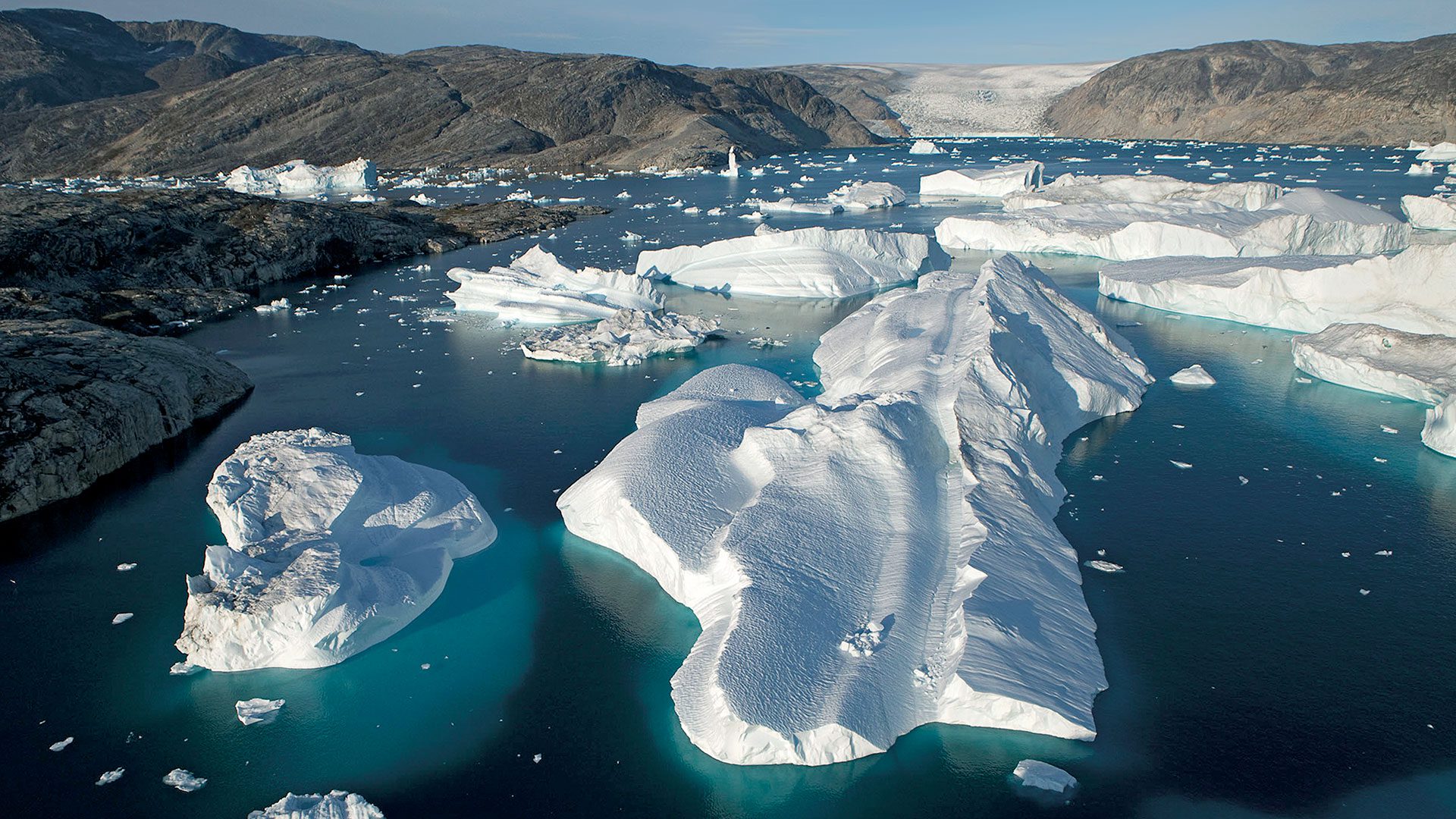
A large iceberg has broken away from the Helheim Glacier and floats among slabs of pack ice in Sermilik Fjord along the southeastern coast of Greenland. The glacier, about 3 miles wide at its mouth, has been shrinking rapidly in recent years. WHOI researchers are investigating whether changes in the fjords are contributing to the loss of ice. (Photo by Nick Cobbing © Greenpeace International)
What is climate change?
Climate refers to seasonal temperature and rainfall averages, and wind patterns, either for a region or the entire Earth. Climate change refers to shifts in the typical regional or global weather patterns over 30 years or more.
“Climate change” is often used interchangeably with “global warming,” but they’re not the same. Global warming refers only to the long-term warming of the average temperature of the air and oceans. Climate change includes global warming and its consequences: melting glaciers, rising seas, damaging storms, and thawing permafrost, among many others.
Earth naturally warms and cools over hundreds to thousands of years or more. But the onset of human activities requiring fossil fuels since the mid-eighteenth century—the dawn of the Industrial Revolution—is warming Earth at an unnatural rate. Changes to temperature, humidity, and precipitation that used to take place over hundreds of years now occur over decades.
Does climate change quickly or slowly?
Earth’s climate is constantly in flux. The geologic record shows that global climate changed slowly over thousands or millions of years in the past. Climate is changing quickly today, and rapidly rising greenhouse gas concentrations in the atmosphere are the predominant cause.
Climate varied over the past 4.5 billion years, often due to volcanic eruptions, solar cycles, changes in Earth’s orbit and tilt, and other natural factors. But the largest climate variations in the recent geological past are due to ice age cycles that were likely caused by small, slow changes in Earth’s orbit. Such cycles consisted of cold glacial periods interrupted by shorter warm periods. During these cycles, the planet’s average surface temperature could rise and fall by about 5˚C (9˚F).
Although Earth has a history of climate change, natural factors and ice age cycles aren’t responsible for the rapid change in temperature and climate occurring at present. Long-term monitoring of atmospheric CO2 concentrations and Earth’s ice, land, and oceans, plus climate model research, reveals that this is due to the rise in human-made greenhouse gas emissions.
Earth is now about 1.16°C (2.09°F) hotter than it was 200 years ago. Even this seemingly small change is enough to impact the climate system, leading to more powerful hurricanes, melting Arctic sea ice, sea level rise, and other climate-related disasters.
How are weather and climate different?
Weather and climate are related. Their duration is primarily what makes them different.
Weather refers to the short-term conditions in the lower atmosphere that occur over hours, days, or weeks. It can include variations in precipitation, temperature, humidity, and winds due to fluctuations in atmospheric conditions. So the sunny, foggy, snowy, or other conditions you experience in a place on a given day are all weather.
Climate refers to the average weather conditions over an extended period, roughly 30 years, for a single region, continent, or the entire planet. Climate includes the typical weather patterns for a given place, their duration and intensity, and the range of extremes. This data helps us know what conditions to expect, but it doesn’t specify the hourly or daily weather for a particular location.
The difference between weather and climate means a cold spell in a region with milder weather doesn’t imply climate isn’t changing. It’s a localized weather event occurring within the larger, long-term trend of a warming climate.
What is the greenhouse effect?
Greenhouse gases—carbon dioxide, water vapor, methane, and nitrous oxide—accumulating in the atmosphere are the leading cause of warming today.
Smaller contributors to warming include land-use changes, livestock and agricultural production, and manufacturing concrete and other industrial processes. Volcanic eruptions, sunspot cycles, and a few other natural events can influence Earth’s temperature, but these aren’t behind the planet’s current warming.
The burning of coal, oil, and natural gas increases CO2 and other heat-trapping gases in the atmosphere. These gases allow light from the sun into the atmosphere, where it warms the planet. When this heat radiates back into the atmosphere, greenhouse gases trap the heat in what is known as the “greenhouse effect.”
Earth is made habitable by the greenhouse effect, which is a natural process. Without it, temperatures on most parts of the planet would be too cold to support life.
Humans have enhanced the greenhouse effect over the last 200 years, especially since the mid-twentieth century, by adding large quantities of greenhouse gases into the atmosphere. Concentrations of CO2 alone have increased 47 percent since the Industrial Revolution, from 280 to 412 parts per million. This level is higher than at any time in human history.
The result is a hotter planet, where rising temperatures threaten biodiversity, ecosystems, communities, and economies.
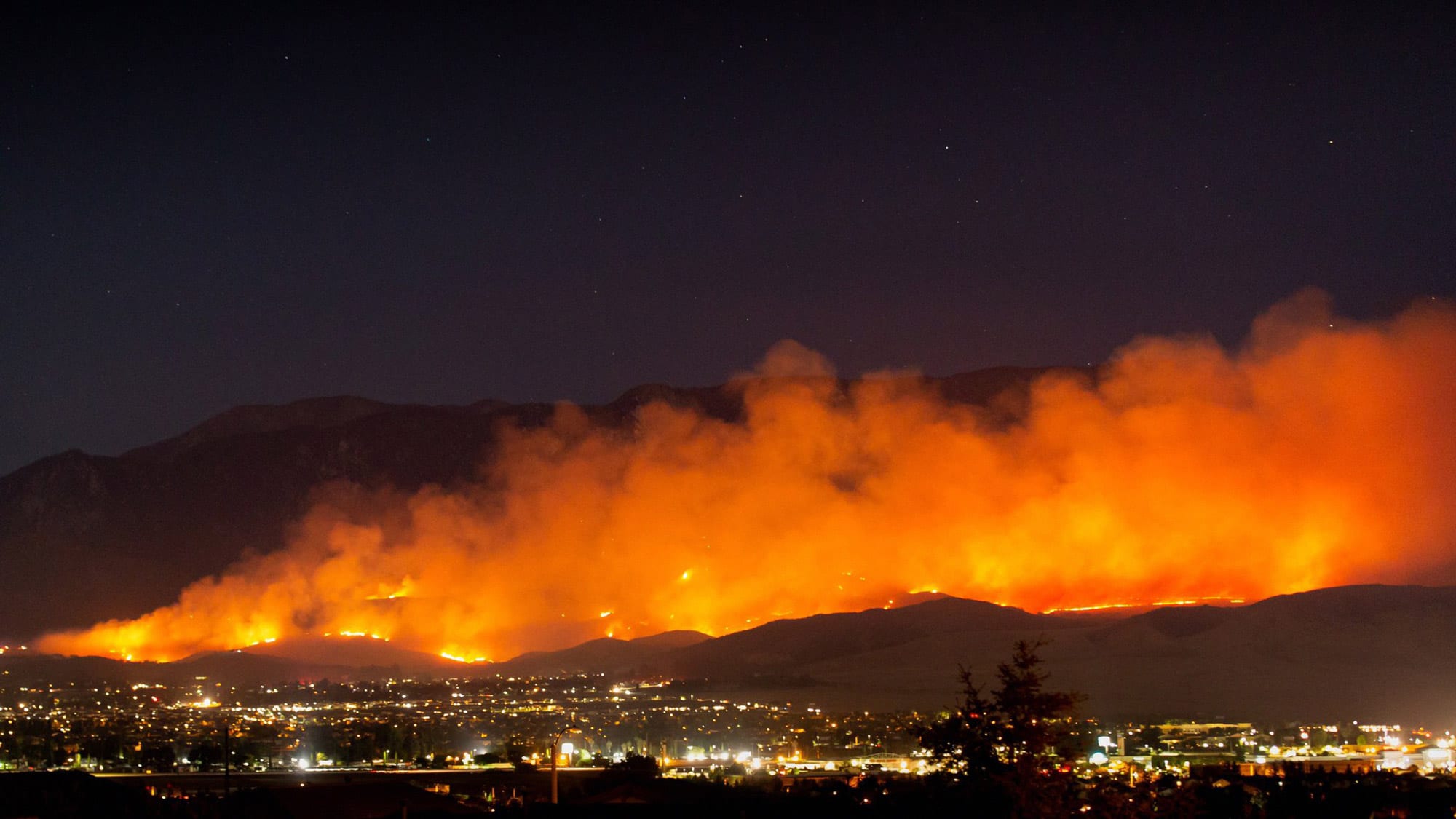
The Apple Fire burns into the night north of Beaumont on Friday, July 31, 2020. Taken by Brody Hessin (WIKIMEDIA COMMONS)
Why is climate change important?
The average global temperature has risen about 1.16°C (2.09°F) since 1880, when global record-keeping began. The decade of 2011-2020 is the warmest on record, with the last five of those years being the hottest since 1880.
Two degrees may not seem like much, but as an average over Earth’s entire surface, it’s enough to cause dramatic changes to the planet.
Climate change is already affecting many areas, especially polar and mountain regions and equatorial latitudes, and people living in vulnerable communities. Soon everyone on the planet will feel its impacts as climate-related natural disasters grow more frequent, damaging, and deadly for both human and natural systems.
Extreme weather, such as more powerful hurricanes, heavier rainfall, and longer heatwaves, creates hazards for infrastructure and food production. Glaciers and ice sheets are melting, accelerating sea level rise and threatening water resources.
The ocean is especially vulnerable to climate change. It helps regulate Earth’s climate by absorbing excess CO2 from the atmosphere. But the build-up of CO2 in the sea has consequences. It’s led to changes in seawater chemistry that endanger vital marine ecosystems, from coral reefs to coastal fisheries. The oceans are also soaking up over 95 percent of the excess heat trapped in the Earth system, slowing down surface warming and driving sea level rise and marine heatwaves. Ocean ecosystems thus face the dual challenge of warming and increasing ocean acidity.
The International Panel on Climate Change predicts Earth will warm 4°C (7°F) above pre-industrial levels by 2100 if we fail to limit greenhouse gas emissions. Keeping warming closer to a maximum of 2°C will help avoid some of the worst impacts of climate change. This level will require aggressive mitigation of greenhouse gas emissions, but it can be done.
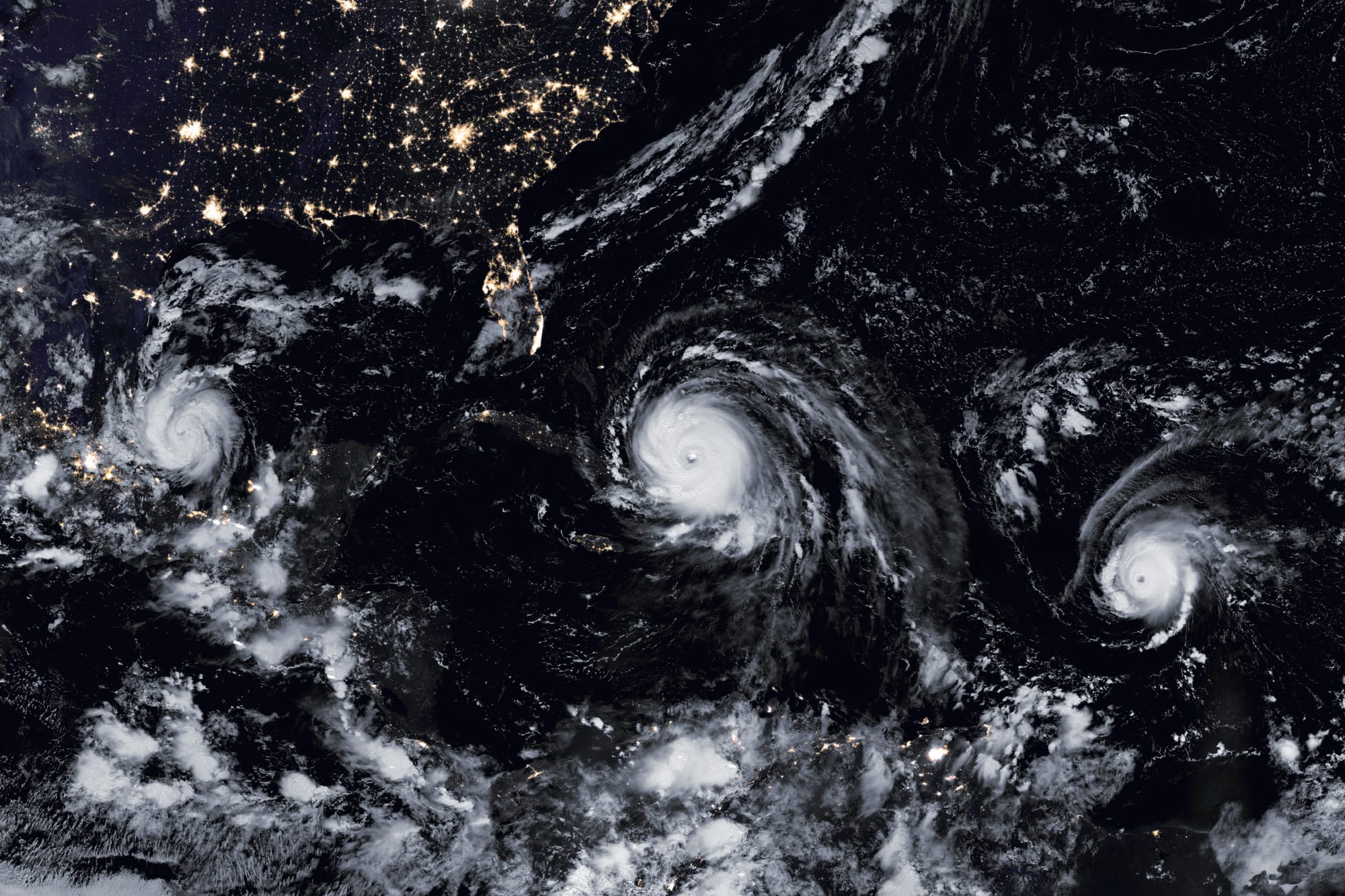
NASA Earth Observatory images by Joshua Stevens and Jesse Allen, using VIIRS day-night band data from the Suomi National Polar-orbiting Partnership and Terra MODIS data from the Land Atmosphere Near real-time Capability for EOS (LANCE) (@NASA)
What are scientists doing to understand climate change?
Climate change presents new and unprecedented challenges to human and environmental health, so it’s essential to understand its trajectory and impacts fully. WHOI researchers are at the forefront of advancing climate knowledge. What they learn informs how societies can respond to climate change impacts and the technologies that shape climate solutions.
Scientists learn about Earth’s past, present, and future climate through data collection and analyses, observations, and computer simulations.
A vast array of instruments measure short and long-term changes on Earth and in its atmosphere and oceans. Buoys and ships equipped with sensors collect seawater temperature and salinity data over long periods. Satellites enable constant monitoring of changes in ocean conditions, polar ice loss, sea levels, and many other key indicators of climate change. Observatories such as the one on Hawaii’s Mauna Loa keep daily records of the amount of CO2 in the air.
Scientists also look further back in time, before instrumental records were established, to see how climate has changed. Cores of ice collected from glaciers and sediments recovered from the deep sea are among the natural records scientists use to reconstruct past climate conditions. The ancient data teased out of these records extends our climate knowledge back hundreds to millions of years.
Climate models are another essential tool used to understand and predict climate change. Equations in these simulations represent the physical processes that occur in Earth’s climate system. By running models, scientists can figure out how human activity and natural factors influence Earth’s climate.
These multiple means of studying Earth’s climate say the same thing: The planet is growing hotter roughly ten times faster than the historic average, and humans are responsible. We are in a race against time to reduce our emissions using new technologies and changes to our energy and transport systems. Addressing climate challenges now means that future generations are not left to face a very different and unstable climate on a warmer Earth.
Herring, D. & R. Lindsey. Global warming frequently asked questions. NOAA: Climate.gov. https://www.climate.gov/news-features/understanding-climate/global-warming-frequently-asked-questions. October 29, 2020.
IPCC. Special Report: Global Warming of 1.5°C. https://www.ipcc.ch/sr15/. Accessed on December 1, 2020.
NASA. Climate Change: How Do We Know? https://climate.nasa.gov/evidence/. Accessed on December 2, 2020.
NASA. Overview: Weather, Global Warming, and Climate Change. https://climate.nasa.gov/resources/global-warming-vs-climate-change/. Accessed on December 2, 2020.
NASA. The Causes of Climate Change. https://climate.nasa.gov/causes/?ref=driverlayer.com/. Accessed on December 8, 2020.
Santer, B., et al. Celebrating the anniversary of three key events in climate change science. Nat. Clim. Chang. 9, 180–182. doi.org/10.1038/s41558-019-0424-x
Tollefson, Jeff. IPCC says limiting global warming to 1.5 °C will require drastic action. Nature, vol. 562, 172-173. doi.org/10.1038/d41586-018-06876-2
News & Insights
Op-Ed: Our future is in our hands
A measure of courage is required if the world is to address climate change, say WHOI President Peter de Menocal and Deputy Director Rick Murray
WHOI builds bridges with Arctic Indigenous communities
NSF program fosters collaboration between indigenous communities and traditional scientists, allowing WHOI’s autonomous vehicles to shed light on a changing Arctic
WHOI weighs in on climate change report
Rick Murray, WHOI Deputy Director and Vice President for Research, weighs in on the IPCC’s special report on the ocean and cryosphere in a changing climate.
Mining climate clues from our whaling past
Climate scientists work with historians to tap weather records from old New England whaling logbooks. They hope to leverage the historical data to gain new insights into modern-day climate conditions.
News Releases
Sea Surface Temperature Research Provides Clear Evidence of Human-Caused Climate Change
New federal funding to accelerate ocean-climate resilience
Evidence of Climate Change in the North Atlantic can be Seen in the Deep Ocean, Study Finds
Interactive Climate Tour Opens in Woods Hole
New Study Definitively Confirms Gulf Stream Weakening
[ ALL ]
WHOI in the News
Climate change ‘bait and switch’ threatens sharks and rays
How Neil Young’s “Shut it Down” stood up to climate change through rhetoric and melodic beats
Our “fingerprints” are all over climate change, research on warming ocean temperatures finds
[ ALL ]
From Oceanus Magazine
A cabled ocean
Internet cables on the seafloor could advance how we track changes in the Arctic
Four Key Takeaways From COP28
The ocean had a moment at COP28 in Dubai last year—and 2024 holds even more opportunity
The ocean gets a fresh look at UN Climate Conference
A peek inside the Ocean Pavilion’s immersive spaces
The climate won’t wait
MIT-WHOI Joint Program student Emma Bullock talks Arctic research in an age of climate change and international disputes
Critical support for ocean innovation
Donation from Trustee Sarah Johnson supports innovative projects

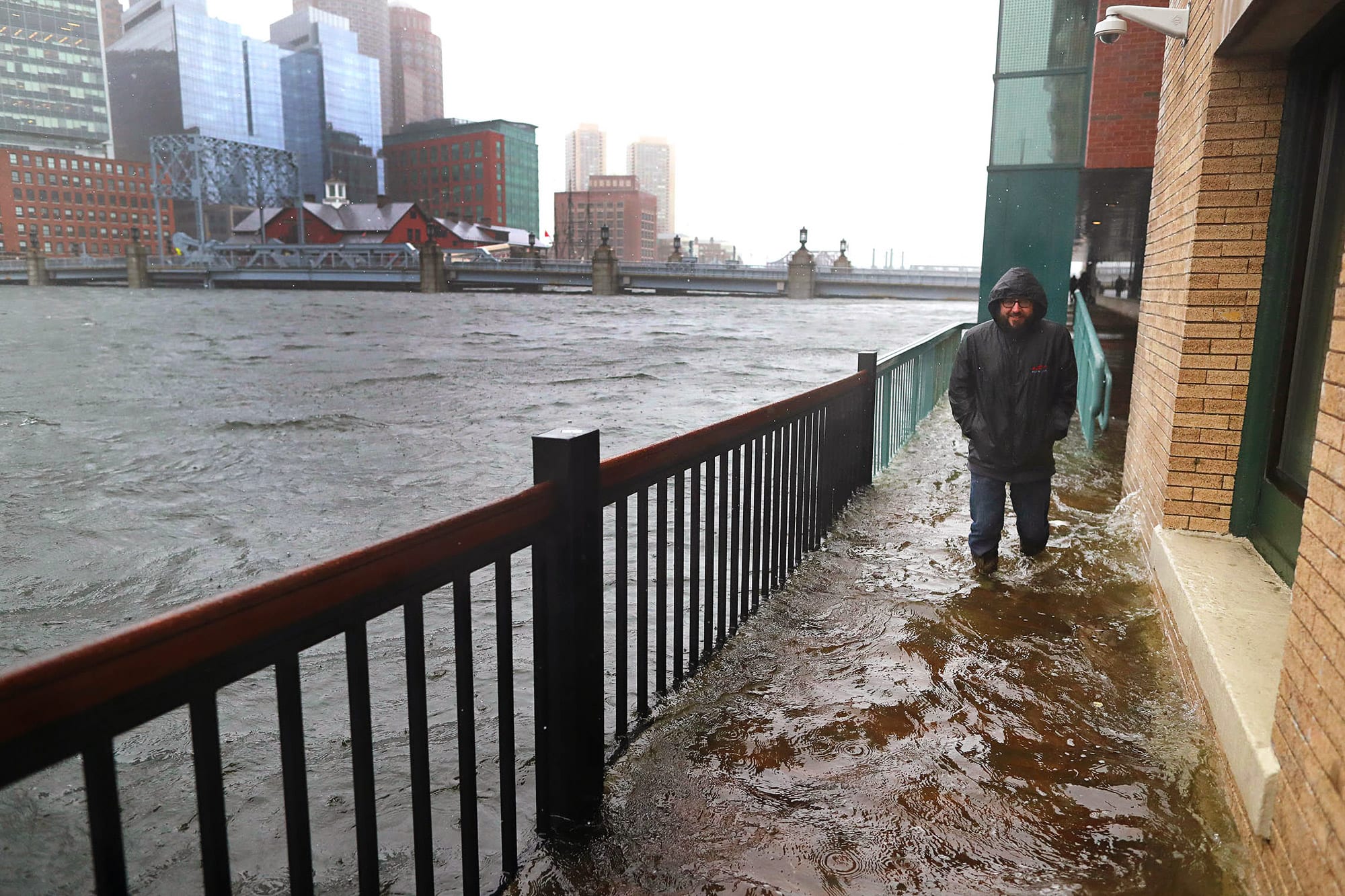

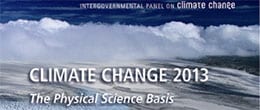
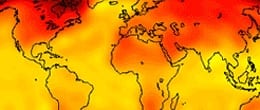

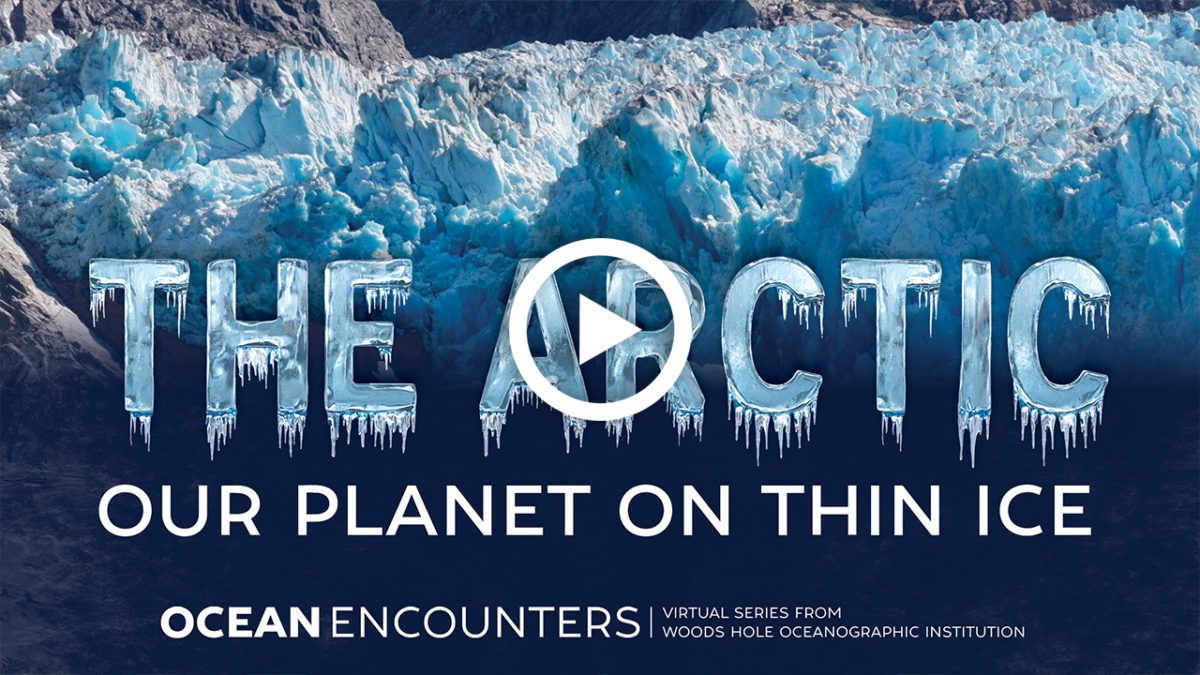

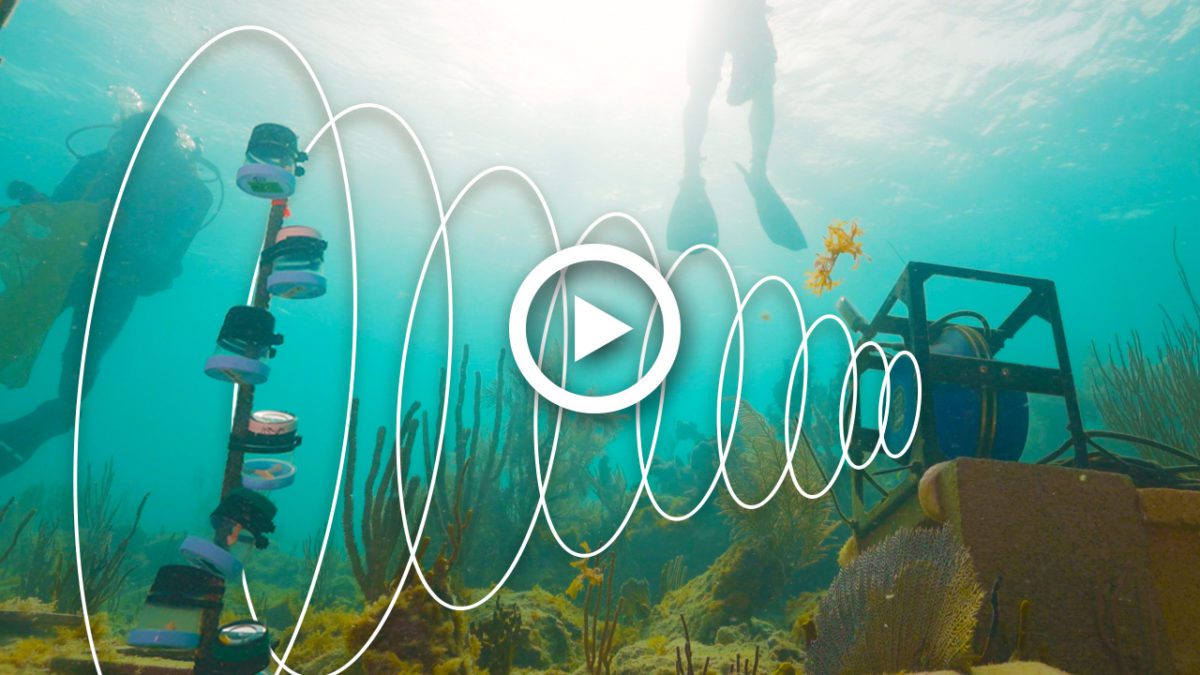
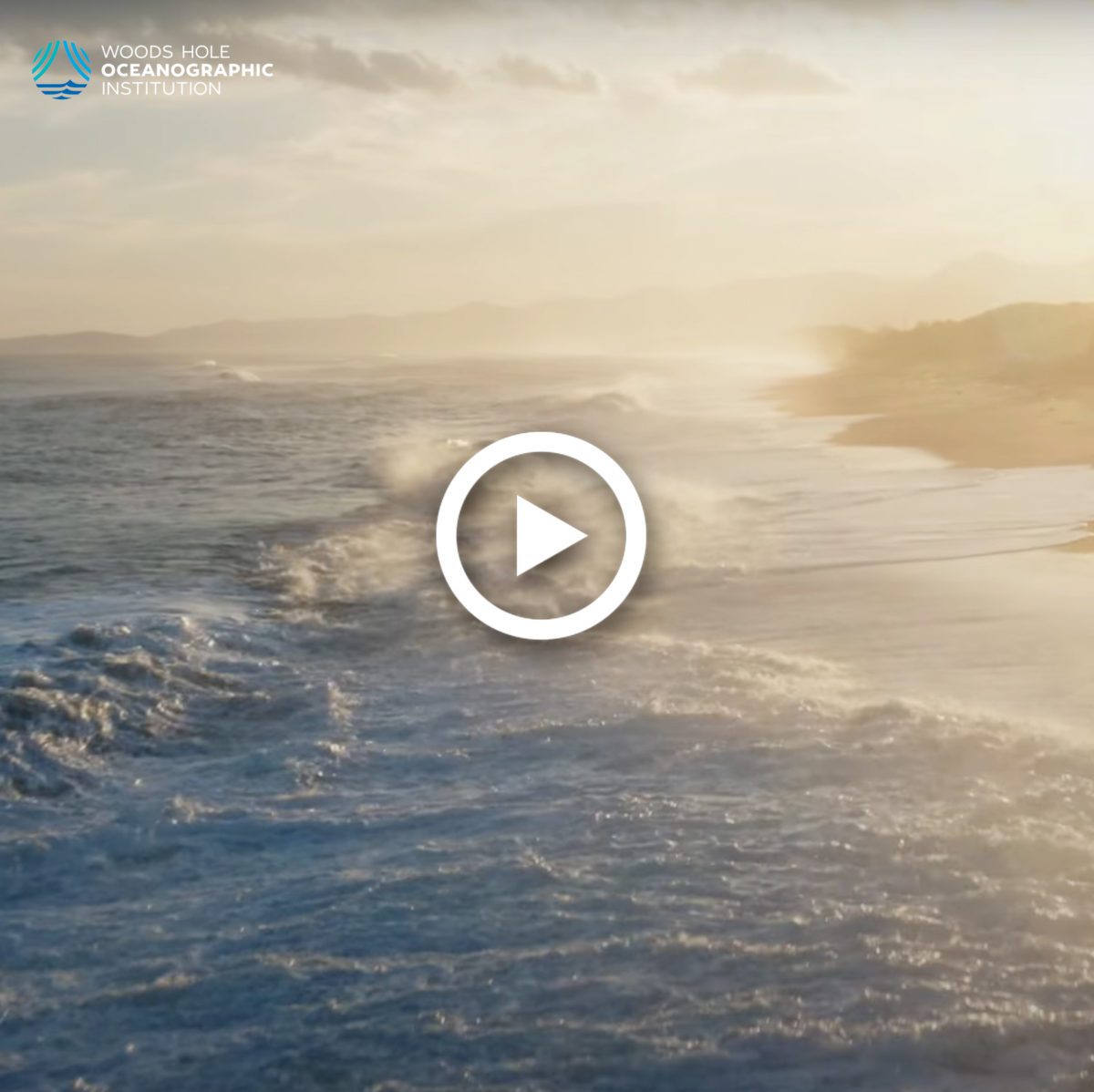
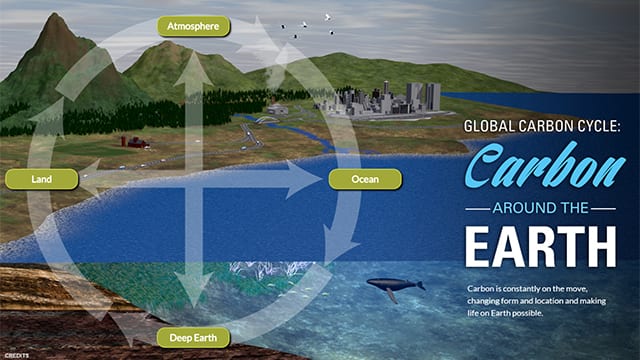
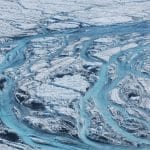 Abrupt Climate Change
Abrupt Climate Change  Ocean Warming
Ocean Warming  Paleoclimatology
Paleoclimatology  Sea Level Rise
Sea Level Rise